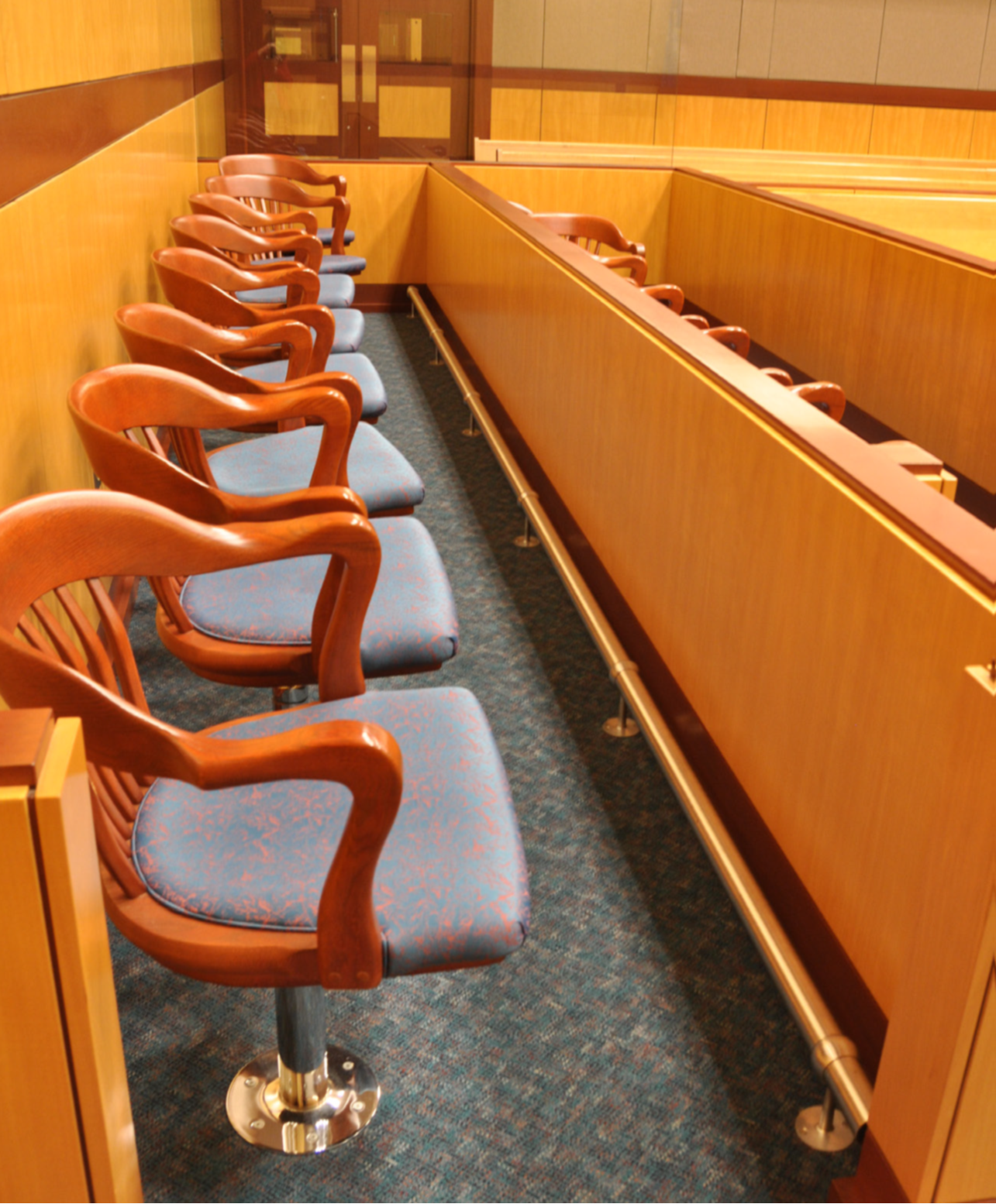Report Urges Connecticut Judicial Branch to Respond to Changing Demographics with Culture-Specific Outreach
/It has been less than two months since the Report of the Jury Selection Task Force was provided to Connecticut Chief Justice Richard A. Robinson, and elements of the comprehensive 53-page report continue to be unpacked.
The months-long initiative reflected the work of a Task Force appointed by the Supreme Court, and led by former Connecticut Chief Justice Chase T. Rogers and Superior Court Judge Omar A. Williams, with recommendations for jury reform in Connecticut aimed at eradicating racial bias from the jury selection process. Their work focused largely on data, statutes and rules, the juror summoning process, and implicit bias in the jury selection process.
Attention was also paid to juror outreach and education, including Connecticut’s changing demographics, which led to a series of substantive recommendations in those areas.
The report noted that “Misinformation and negative perceptions of the criminal justice system can impact whether or not an individual will show up for jury service, particularly individuals from minority populations.” Data gathered and recommendations made seek to lessen that result, and its impact on dispensing justice in the state.
The Task Force pointed out that “as the jury pool continues to expand” it is imperative to consider “how to reach out to new citizens.” The context of that effort was grounded in statistics provided by the American Immigration Council that illustrated the rapid growth of immigrant populations in Connecticut: 15% of Connecticut’s population is comprised of immigrants; and the fastest growing populations are from: India (9% of immigrants); Jamaica (7%); Dominican Republic (5%); Poland (5%); and Ecuador (5%).
Currently, according to the report’s findings, the State of Connecticut Judicial Branch does not have resources directly targeting these fast-growing populations. The Task Force called for “brochures to be translated, and the Branch should consider providing digital real time translation services to allow new citizens to begin to participate in the jury process.”
It also referenced the Connecticut Commission on Women, Children, Seniors, Equity and Opportunity, which has done extensive outreach into the immigrant population in our state, with sub-commissions for African American, Latino and Asian populations. All three deal with specific immigrant populations.
The Asian Sub-commission investigated translation services for non-English speaking immigrants for purposes of medical care and legal issues, according to the report, which recommended that the Judicial Branch “consider utilizing this valuable resource to conduct outreach into these communities.”
In addition, the report pointed out, the “fastest growing immigrant populations also have civic and social engagement organizations, specifically: Asian Pacific American Coalition (CT-APSC), West Indian Social Club (WISC) located in Hartford, Polish American Foundation of CT, and the Ecuadorian Civic Center of Danbury. The Branch should consider forming liaisons with these organizations in order to provide outreach to these diverse communities.”
As part of these efforts, the Task Force recommended that brochures be developed in Hindi and Tamil; Hmong and Laotian; Spanish; and Polish. The brochures would be “widely disseminated among the organizations listed above, as well as at naturalization ceremonies.”
The report also recommends that “minority judges from these populations attend community events. The outreach by judges to these communities would be a very valuable asset.” It also suggests that a representative of the Judicial Branch attend naturalization ceremonies and that a panel “give talks about the judicial process and our judicial system to these communities with volunteers from the minority Bar Associations.”
“The more the Branch makes its presence known in these informal environments, the more likely it is to engage these populations. Events at the Supreme and Appellate Court which are targeted to these populations is another way to make the judicial process more inviting,” the report stated.
The Judicial Branch should keep the countries of origin in mind when addressing outreach. Depending on the country of origin, the legal system may be fairly similar or very different from ours… For these populations the education, brochures, and outreach should include comprehensive explanations of our jury system, as well as clear expectations of the role of a juror.”
Our jury process is extensive and complicated, thus educational material should include an explanation of the voir dire process, the types of issues that may excuse a person from serving as a juror, the expected time off from work, the expectations during trial, and the deliberation process.
“Most significantly,” the report concludes, “the information should include the cultural and historical basis for why we have jury trials in the United States.”
The Task Force subcommittee responsible for the Juror Outreach & Education recommendations included Appellate Court Judge Joan K. Alexander and Attorney Charleen E. Merced Agosto, Co-Chairs; Attorneys Molly Arabolos, Sheila Sinha Charmoy, and Glenn B. Coffin; Scot X. Esdaile (President, Connecticut NAACP), and Hannah Kogan.
The report also included a series of recommendations from the subcommittee regarding marketing and communication initiatives and community engagement efforts, including high school programs, expanded use of social media, establishing a Juror’s Bill of Rights and a Jury Service Education Week, as well as a Juror Appreciation Kit that could include a sticker indicating “I’ve Been a Juror,” similar to the well-known “I Voted Today” stickers that voters receive at polling places.
Bottom line for all the recommendations, the belief that “by improving education, communications and community interactions through a coordinated juror outreach program, a more diverse jury panel will become available for future trials in Connecticut.”

































